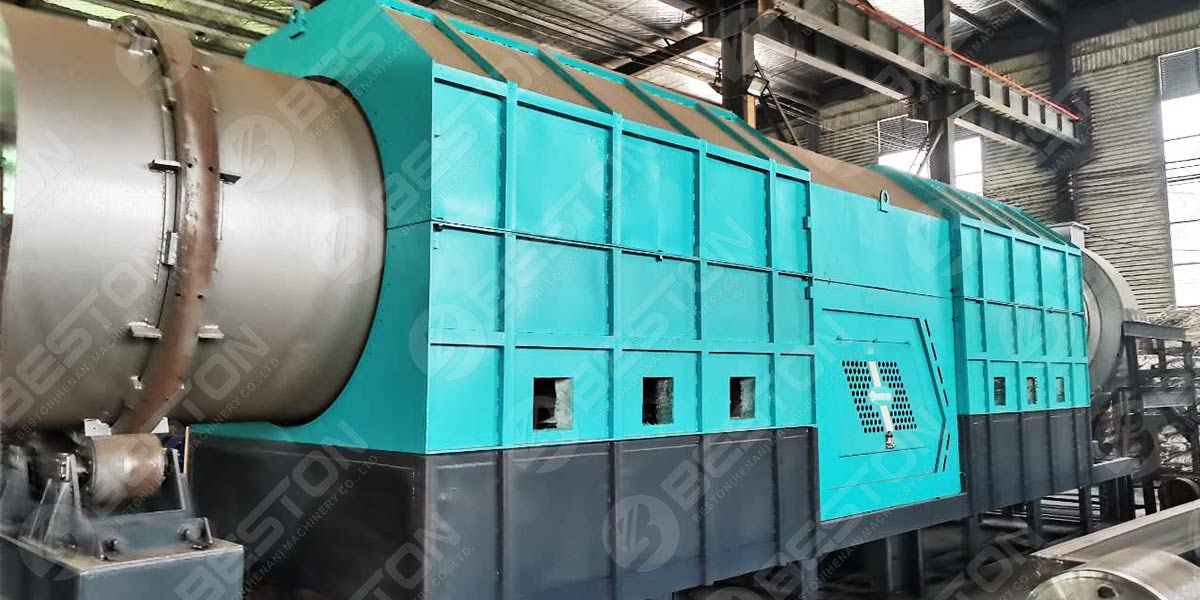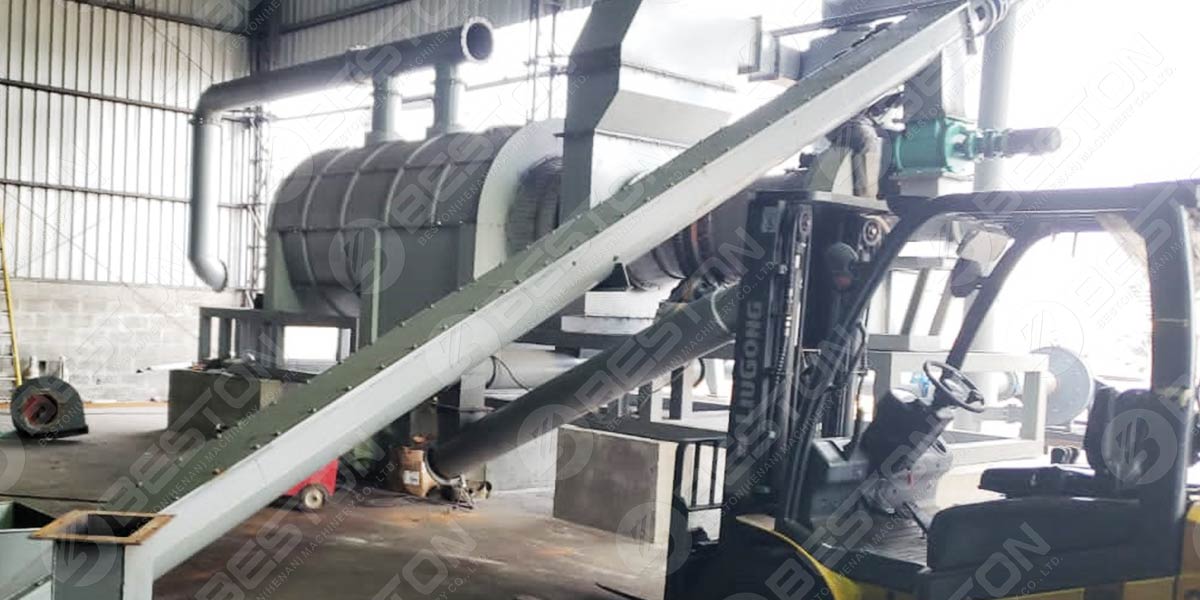Throughout the world, rice is a very popular type of food that is grown. When it is harvested, rice husks are removed in order to reveal what is going to be packaged and eaten. Rice husks can also be burnt. There are many businesses that will simply ignite all of this material and create compost piles. These will then be converted into some type of a fertilizer for the crops. However, you can also convert rice hulls into biofuel and also charcoal. To do this, you will need a rice hull carbonizer. These can be very large, or you may have a portable unit that you can bring to different locations. Here are the benefits that you can expect if you are using one of these carbonizers.
How Are They Able To Convert This Material Into Fuel?
If you will that you are using for cooking, heating your home, or for different domestic or commercial purposes, may involve the use of charcoal and biofuel. You can also power different industrial vehicles that you have with the biofuel that you can produce. If you would like to do this with the rice hulls that you have harvested, you can start the process once you have the rice hull carbonizer. It will take only a few days to set everything up. You may want to test the machinery prior to using it on a full scale. However, it’s a great way to convert the rice hulls into this fuel that you can burn.

Beston Rice Hull Charcoal Machine
How Does It Work?
The overall process is quite simplistic. You are simply converting the material into a type of fuel that you can burn. When you begin, due to the size of the rice hulls, there is very little that must be done before placing them into the reactor. Of course, this would be different if you were working with materials that would have to be broken down. In this case, simply pouring them into the reactor, shutting the door, and removing the oxygen, you will be ready to the charcoal manufacturing machine to carbonize the material.
How Much Can You Produce?
The production of charcoal, using a rice hull carbonizer, is quite simplistic. It’s also extremely efficient. You will be able to convert all of the rice hulls that you have available, in the span of a few weeks, into charcoal that you can use. It is a large apparatus, and you have tons of material to use, you can make this into a full-fledged business. You can sell the charcoal to the highest bidder, or simply use it with your business or take it home to heat your home or do some cooking. Instead of letting all of this material go to waste, or perhaps using it to fertilize your garden, you can convert it all into something you can sell.
How To Find These Machines
Locating these machines should only take a few days to acquire all of the estimates that you will need to make your decision. You may purchase this from a company that could be overseas. It could also be thousands of miles away. However, you are going to save a substantial amount of money once you have made the right choice. This choice is often based upon the production value, the size of the biomass pyrolysis plant, or whether you are getting an entire plant because you have so much material to work with. Overall, it’s a great way to convert this material that would likely become compost into something that you can burn and also sell to other people.

Rice Husk Charcoal Machine In Brazil
A rice hull carbonizer does not have to be a great expense. It will also pay for itself many times over. It is an ingenious invention, one that uses the pyrolysis process to convert these materials quickly. Whether you have a small farm, or an extremely large one, you can always change the rice hulls into charcoal and biofuel very quickly with this technology. If you decide to get more than one, you may be able to save money, getting a discount on everything that you will need. It really is that easy to locate the companies that are going to offer you a substantial deal on a rice hull carbonizer. More information on biomass carbonization machine here.